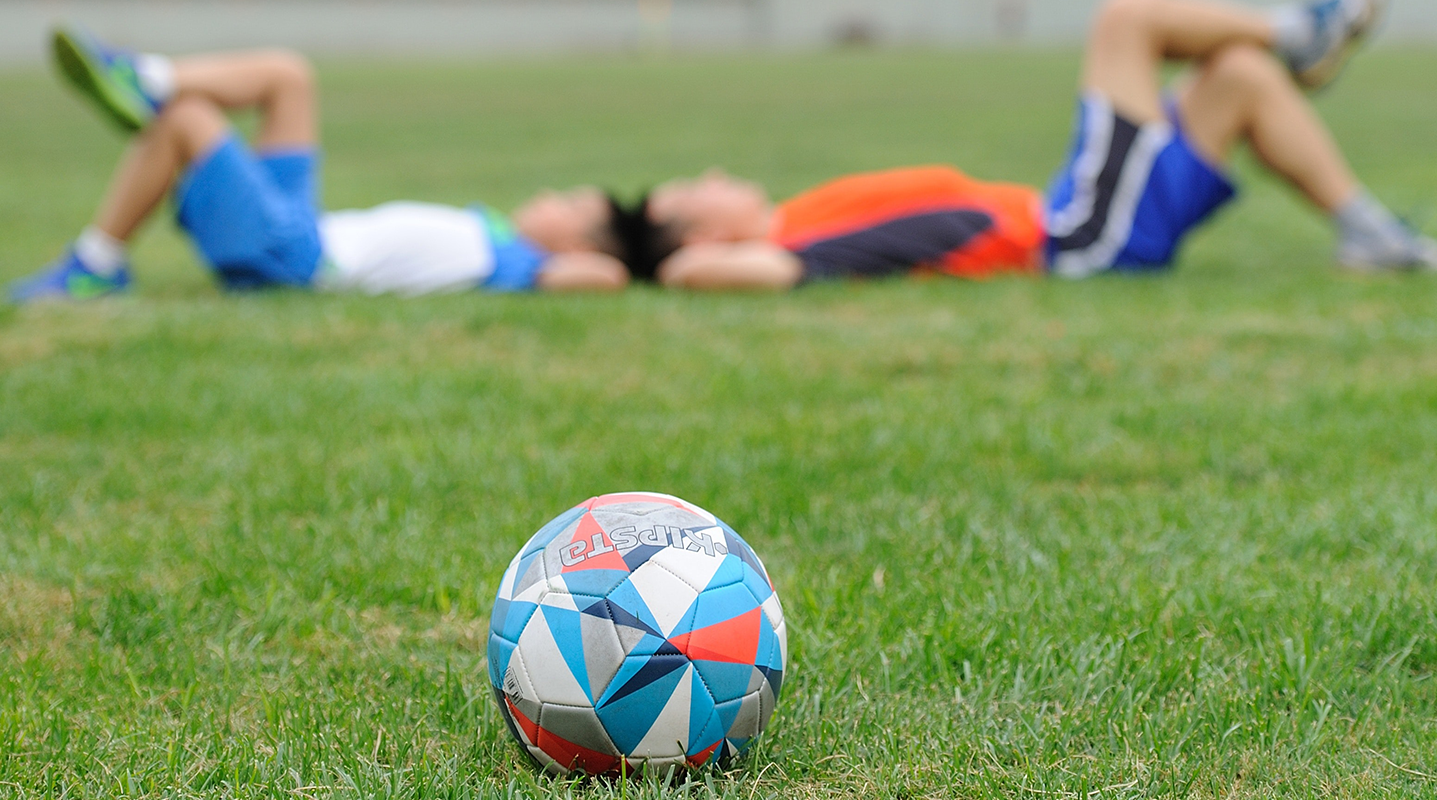Combatting Detraining in Athletes
May 22, 2020

Athletes across the country are all taking a break from organized sports.
For many, this is a welcome pause because of vigorous training schedules year-round, and their mind and body needs to rest. Others are anxious to get back to their normal activities, teammates, and routines.
No matter which category you fall into, it is important to understand the effects that a period of inactivity can have on the body.
Detraining is the partial or complete loss of training-induced anatomical, physiological, and performance adaptations as a result of an extended break from activity.
Some of these adaptations (increased blood volume) can be affected in as a little as two days, while others (increased VO2 max, or the ability to transport and consume oxygen during workout) can take about one month to decrease. An athlete's resting heart rate and exercising heart rate have been shown to increase within 10 days of inactivity. Respiratory function and cardiac output also decrease with periods of inactivity.
There are also metabolic changes that happen in an athletes' bodies and how they store and use energy with periods of detraining. Exercising muscles rely more on carbohydrates because fat metabolism decreases. The body also loses some of its carbohydrate reserves, and is not as effective in absorption of carbohydrates from the blood stream.
Tweaking one's eating habits may be advantageous to some athletes who have seen their activity levels decrease. Eating carbohydrates more frequently, but in smaller portions is one way to adapt, as well as decreasing the amount of dietary fats. Maintaining a steady intake of protein and iron is also important to a balanced diet.
One of the safest ways to combat the effects of detraining is to prevent them from occurring.
- Staying active at home can prevent or minimize the anatomical and physiological changes the body experiences with prolonged rest.
- Going running and using objects in your house to work out are safe ways to continue working out.
- When returning from a break from activity, it is important to realize that your body may not be in the same condition that it was when you stopped.
- Initially focusing on core workouts and balance will help prevent injuries in almost all sports.
- Focusing on cardiovascular fitness with low intensity, high repetition/long duration workouts is a great goal to set next.
- Keep in mind that increasing your intensity too quickly can be harmful.
- It is not advised to increase intensity, activity, or weight by more than 10% per day.
- Working on aerobic, high intensity, high strength activities is usually one of the last goals in the return to sport guidelines.
Pre-season training is critical for all sports to help prevent muscle, bone, and heat related injuries as sports increase in intensity and demand. There are many ways that an individual can stay active around their home to prevent the negative effects of detraining on the body.
For those who do take a period of time to rest and recover, tweaking nutrition strategies and slowly increasing activity when an athlete does resume activities is the safest way to recondition the body.
For more information, please visit:

